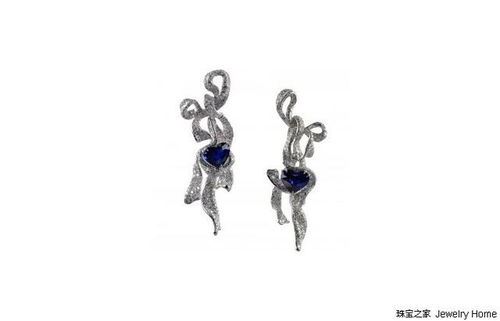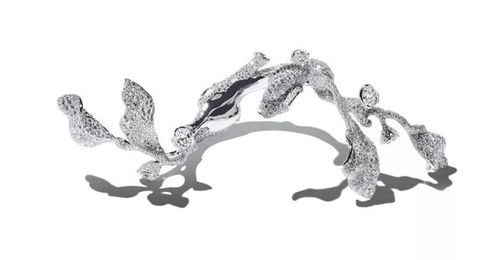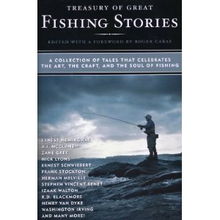Content:
Fishing is an ancient pastime that has been cherished by many for its tranquility and the thrill of the catch. Whether you are a seasoned angler or a beginner looking to improve your skills, understanding how to adjust your tackle is crucial for success on the water. In this article, we will delve into the art of tackle adjustment and provide you with a comprehensive video guide to fishing techniques.
The Importance of Tackle Adjustment
Tackle adjustment is the process of fine-tuning your fishing equipment to match the conditions and species you are targeting. Proper tackle adjustment can make the difference between a successful day on the water and a frustrating one. Here are some key reasons why tackle adjustment is essential:
Matching the Bait: The type of bait you use should match the species you are trying to catch. Adjusting your tackle allows you to present the bait in a way that is most appealing to the fish.
Enhancing Sensitivity: Proper tackle adjustment can enhance the sensitivity of your fishing setup, enabling you to detect subtle movements and strikes from the fish.
Maximizing Efficiency: The right tackle can make your fishing more efficient, reducing the amount of time spent reeling in line and increasing the time spent catching fish.
Preventing Snags: Adjusting your tackle can help prevent snags and tangles, ensuring a smoother and more enjoyable fishing experience.
The Basics of Tackle Adjustment
Before diving into the specifics of tackle adjustment, it's important to understand the basic components of your fishing setup:
Rod: The rod is the backbone of your fishing setup. It transmits the fish's movements to your hand and provides the leverage needed to land the catch.
Reel: The reel holds the fishing line and provides the mechanism for winding it in and out. Reels come in various types, such as spinning, baitcasting, and fly fishing reels.
Line: The fishing line is the thread that connects the rod to the lure or bait. It comes in various materials, such as monofilament, fluorocarbon, and braided line.
Leader: The leader is a shorter section of line that connects the main line to the lure or bait. It is typically made of a different material than the main line to prevent the lure from being visible to fish.
Lure or Bait: The lure or bait is the object that you use to attract and catch fish.
Now that we have a basic understanding of the components, let's explore some essential tackle adjustment techniques:
Matching the Rod Length: The length of your rod should be appropriate for the type of fishing you are doing. Longer rods are better for casting and longer-range fishing, while shorter rods are more versatile and suitable for tight spaces.

Selecting the Right Reel: The type of reel you choose depends on the fishing technique you are using. Spinning reels are ideal for light lures and baits, while baitcasting reels are better for heavier lures and baits.
Choosing the Right Line: The material and diameter of your line should be suitable for the species you are targeting and the conditions you are fishing in. Monofilament is versatile and easy to handle, while fluorocarbon is more invisible to fish and has better knot strength. Braided line is excellent for casting and knot strength but can be more challenging to handle.
Adjusting the Leader Length: The length of your leader should be appropriate for the type of fishing you are doing. For example, a shorter leader is better for fishing in heavy cover, while a longer leader is more suitable for open water.
Attaching the Lure or Bait: Properly attaching your lure or bait is crucial for ensuring that it presents itself correctly to the fish. This includes choosing the right type of hook and ensuring it is securely attached to the line.
A Comprehensive Video Guide to Fishing Techniques
To help you master the art of tackle adjustment, we have compiled a comprehensive video guide to fishing techniques. This video covers the following topics:
- Selecting the Right Rod, Reel, and Line for Your Fishing Needs
- Matching the Bait to the Species You Are Targeting
- Adjusting the Leader Length and Attaching the Lure or Bait
- Enhancing Sensitivity and Maximizing Efficiency
- Preventing Snags and Tangles
By watching this video, you will gain valuable insights into the art of tackle adjustment and be well-equipped to tackle any fishing situation with confidence.
In conclusion, mastering the art of tackle adjustment is a crucial step in becoming a successful angler. By understanding the basics of tackle adjustment and following the tips provided in this article and the comprehensive video guide, you will be well on your way to enjoying a more rewarding and enjoyable fishing experience. Happy fishing!












